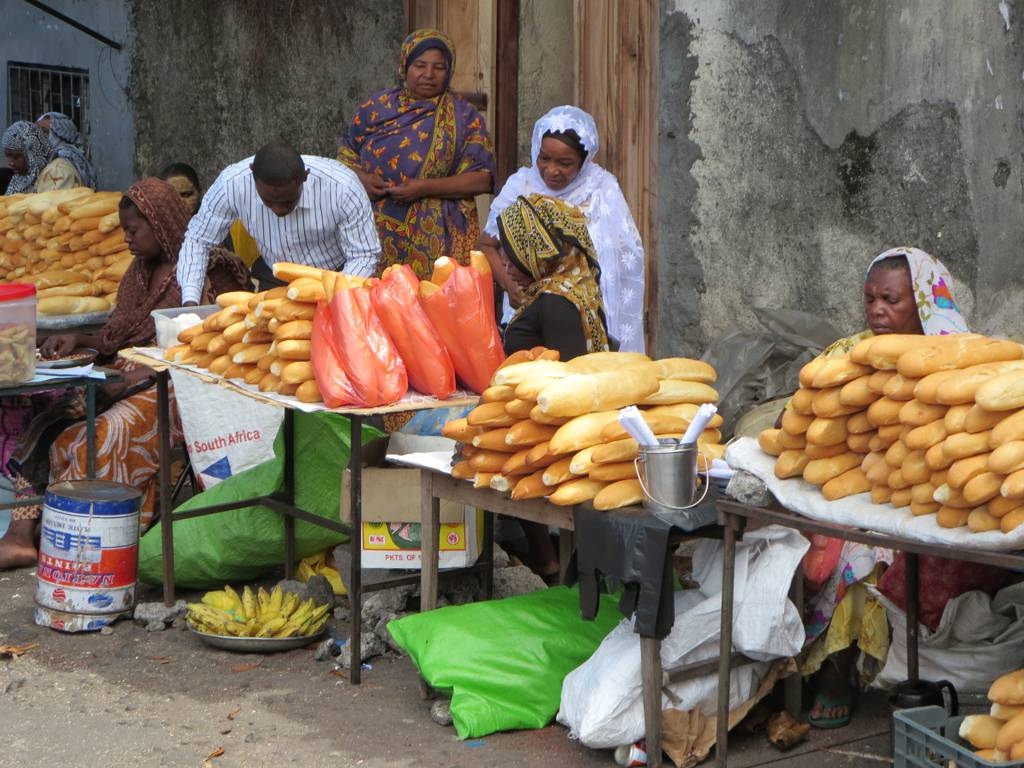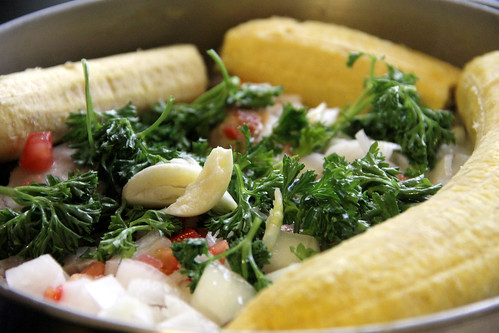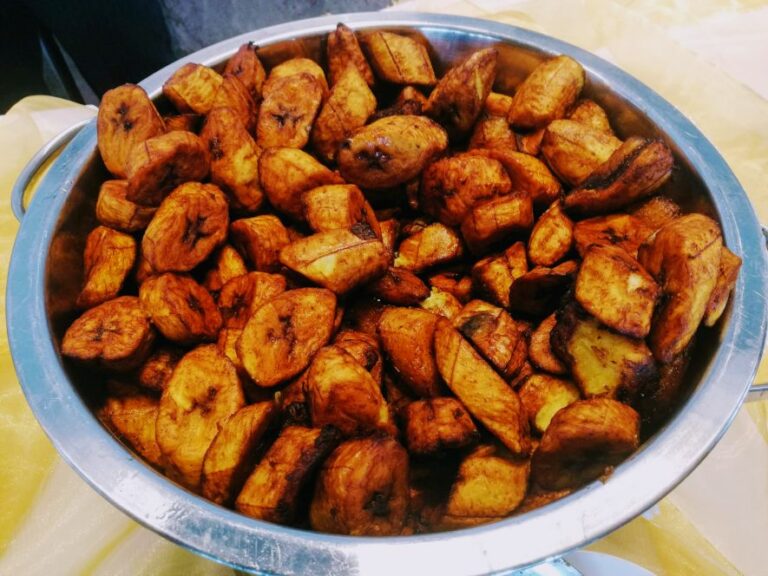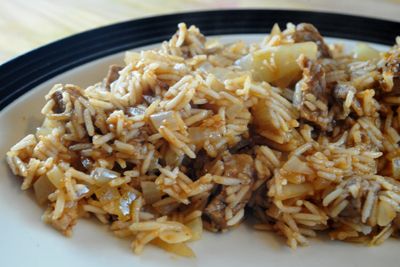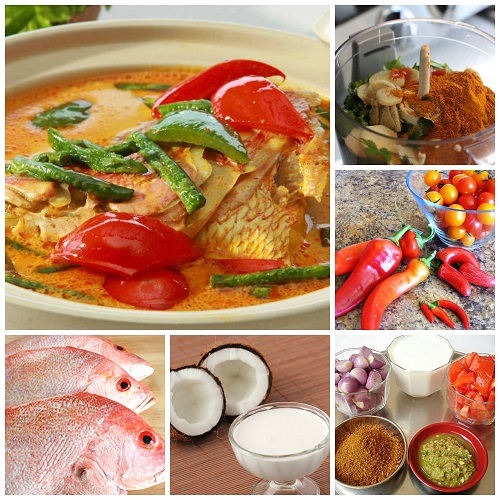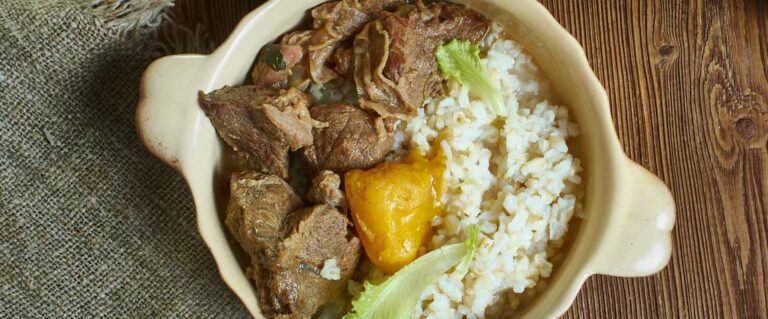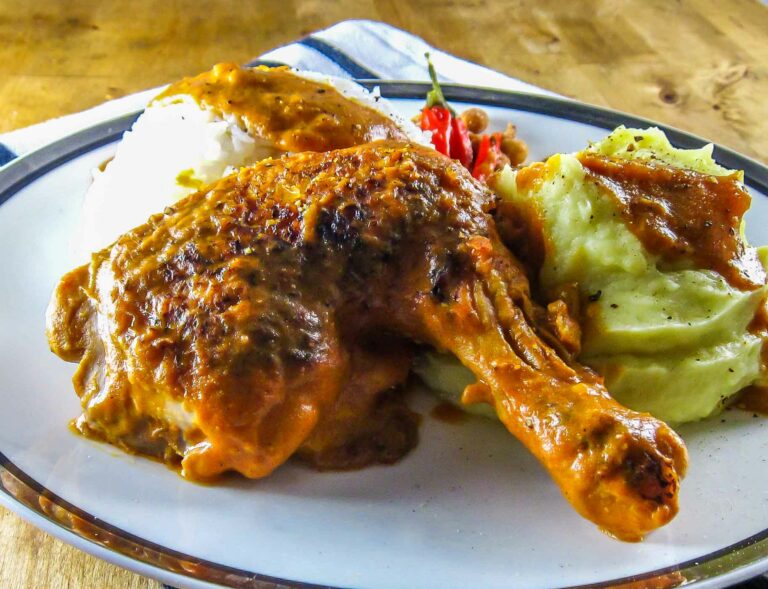Introduction: Comoros’ Breakfast Culture
Comoros is a small island nation situated off the coast of East Africa, known for its diverse culture and cuisine. Comorian food is a fusion of African, Arabic, and French influences, and breakfast in Comoros is no different. Comorian breakfast options are diverse, with dishes that cater to all tastes and preferences.
Mkatra Foutra: A Versatile Breakfast Delight
Mkatra Foutra is a popular breakfast dish in Comoros, which is made by mixing rice flour with grated coconut, sugar, and water. The mixture is then rolled into balls and steamed. Mkatra Foutra is often served with peanut butter, jam, or honey, making it a versatile breakfast option that can be enjoyed by all. It is a staple food in Comorian households and is also served in cafes and restaurants.
Langouste a la Vanille: For Seafood Lovers
Langouste a la Vanille is a seafood dish that is commonly served for breakfast in Comoros. It is made by cooking langouste, or rock lobster, in a vanilla-flavored sauce. The dish is served with rice and is a favorite of seafood lovers. It is a rich and flavorful dish that showcases the French influence on Comorian cuisine.
Baba au Rhum: French Influence on Comorian Breakfast
Baba au Rhum is a French-inspired breakfast dish that is popular in Comoros. It is a sweet, yeast-based cake that is soaked in rum syrup, giving it a rich and indulgent flavor. Baba au Rhum is often served with fresh fruit or whipped cream and is a popular choice for special occasions and celebrations.
Mataba: A Savory Cassava and Coconut Dish
Mataba is a savory dish made from cassava leaves and grated coconut. The leaves are boiled, then mixed with coconut and spices before being fried. Mataba is a flavorful and filling dish that is often served for breakfast in Comoros. It is a popular choice for vegetarians and is often served with rice.
Comorian Tea: A Must-Have Beverage with Breakfast
Comorian tea is a staple beverage in Comorian households and is a must-have with breakfast. The tea is made from fresh leaves that are boiled with sugar and spices such as cinnamon and cardamom. It is often served with milk and is a sweet and comforting drink that complements the rich and flavorful breakfast dishes.
Chapati: A Simple Yet Satisfying Option
Chapati is a simple and satisfying breakfast option in Comoros. It is a flatbread made from wheat flour and is often served with peanut butter or jam. Chapati is a staple food in many African countries and is a versatile option that can be enjoyed with a variety of toppings.
Conclusion: Exploring Comorian Breakfast Traditions
Comorian breakfast options are diverse and showcase the rich and varied cultural influences on Comorian cuisine. From Mkatra Foutra to Langouste a la Vanille, there is something for everyone to enjoy. Comorian tea is a must-have beverage that complements the rich and flavorful breakfast dishes. Whether you prefer savory or sweet, traditional or modern, Comoros has a breakfast option that will satisfy your taste buds.

